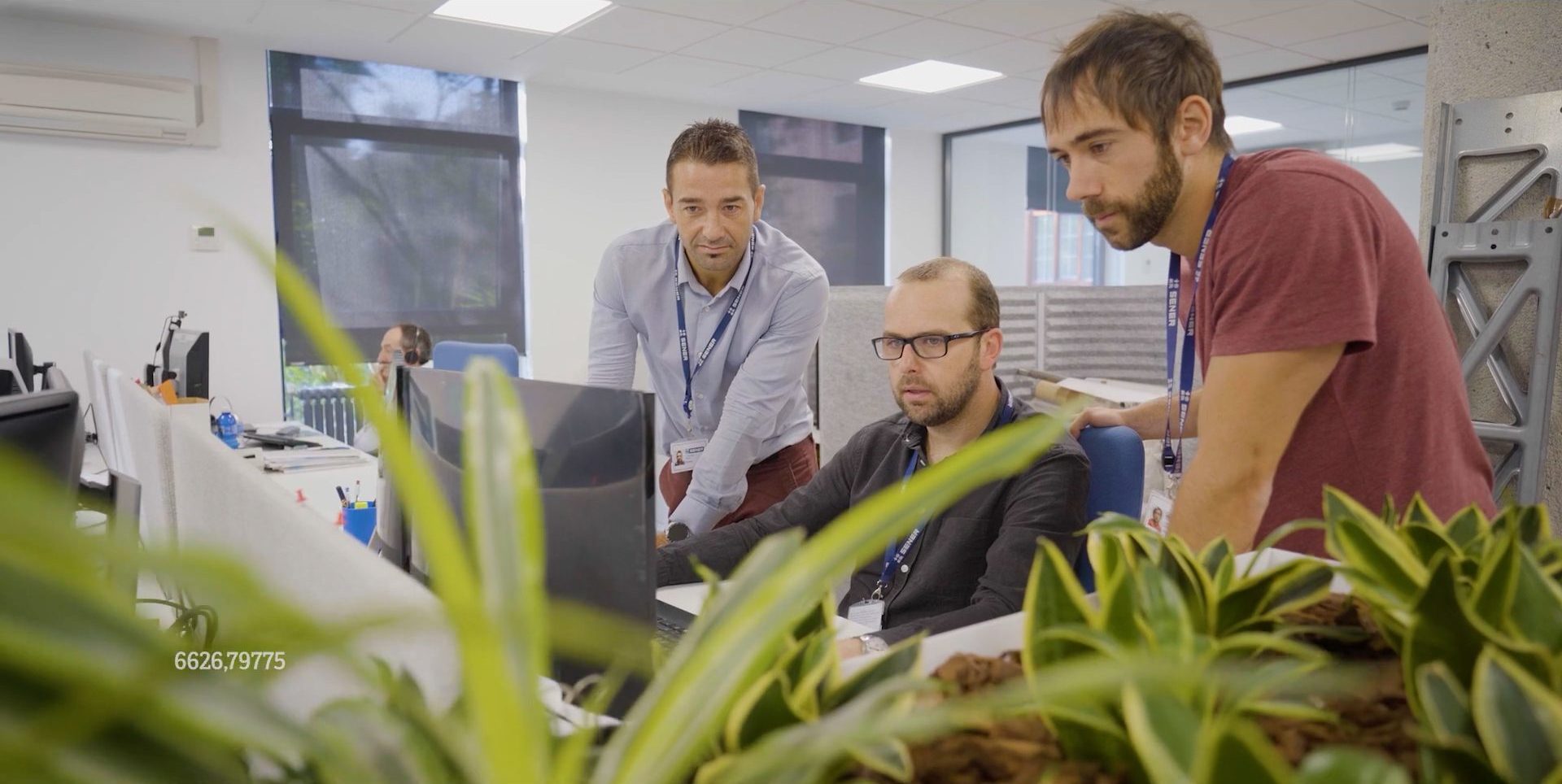
- Energy
Categories:
The circular economy promotes a sustainable approach that emphasizes recycling, reuse, and waste minimization . Within this framework, the reuse of plastics in industrial processes could play a fundamental role, offering numerous advantages for companies and the environment… However, due to the difficulties posed by their composition and the characteristics of current models recycling, the reuse of this plastic waste is still very low compared to other materials ,such as paper, glass or metals.
It is a potential resource of raw materials that, unfortunately, currently cannot be used as much as we would like. Plastic production has grown exponentially in recent decades around the world : it has gone from a million and a half tons in 1950 to more than 350 million in 2018 . It is true that production suffered a big drop during the COVID-19 pandemic, but it quickly recovered. Also, in Europe only a third of this material is recycled , according to the European Commission.
Among the main barriers to plastic recycling are the quality and price of the recycled product, compared to its virgin counterpart. Plastic processors require large quantities of recycled plastic, manufactured to highly controlled specifications and at a competitive price. Likewise, plastics vary greatly depending on the aesthetic or functional needs of each manufacturer, and the diversity of raw materials complicates the recycling process, makes it more expensive and affects the quality of the final product .
On the other hand, it is true that the demand for plastic is growing. But, in 2018, it only represented 6% of the demand for plastics in Europe.
Energy savings, emissions reduction and new economic opportunities
Aware of this reality, the European Commission is working to change the scenario. The European Green Deal indicates that 55% of plastic packaging waste will have to be recycled by 2030 , while the European Commission is taking measures to reduce single-use plastic waste .
Millions of tons of plastic waste end up in landfills or polluting our oceans every year. Squaring the circle of the reuse of plastics in industrial processes would be a solution to celebrate, prolonging the useful life of these materials and minimizing the demand for new plastic production.
On the other hand, plastics are obtained from valuable non-renewable resources, such as fossil fuels. By maximizing the useful life of plastic materials through their reuse, industries can reduce their dependence on natural resources. This would not only benefit the environment, but would also help stabilize prices and secure the supply of raw materials for industries in the long term.
Producing plastic from scratch requires substantial amounts of energy, which contributes to greenhouse gas emissions and climate change. Reusing plastics reduces the need for energy-intensive processes associated with plastic production, such as extraction, refining, and manufacturing.
Fostering innovation and collaboration: the case of Birplast
The circular economy equally demands and offers new opportunities for innovation through industrial collaboration . The transition towards a circular economy and the reuse of plastics in industrial processes requires innovation and collaboration between sectors. This change encourages companies to think outside the box and find new ways to use recycled plastics effectively. By collaborating with suppliers, customers and other interested parties, industries can develop innovative solutions.
This is the starting point of the Birplast project , led by Sener, whose objective is to achieve the recovery of plastic waste through circular economy processes , with the participation of another 12 partners and the support of three members of the Basque Network of Science and Technology. The project will contribute to the development of new processes for obtaining raw materials from this fraction of waste, through its transformation into new plastics and other high-value chemical products , such as packaging, clothing, elements to protect greenhouses and plantations, insulation products and waterproofing, and other industrial plastic products.
Started in 2022, it aims to recover 12.4 million euros per year in the form of waste with a high plastic content and increase the efficiency of the separation and classification processes by 10% . In addition, Birplast will provide new technological solutions to valorise complex plastic waste, around 500,000 tons annually.
The thermochemical processes of pyrolysis, gasification and solvolysis that are being studied in the Birplast project, in addition to the separation and cleaning technologies of the various material flows, are chemical recycling processes that will make it possible to obtain new circular raw materials for their transformation into new plastics or chemical products of value for the chemical industry.
Is there a place for plastic in the circular economy?
By adopting sustainable practices that minimize waste and promote resource conservation, companies can actively contribute to solving the global plastic waste crisis.
Embracing the circular economy not only benefits the environment, but also presents economic opportunities, promotes innovation, and enhances a company’s reputation. Thanks to these collective efforts, we can pave the way to a more sustainable and prosperous future.
We have listed both the barriers and the current scenario, which does not favor the reuse of plastic in industrial processes. However, with the objectives set by the European authorities plus the business drive and research centers, today we are somewhat closer to advancing on this path which, if followed, I am sure will open the door to a wide range of opportunities.
Pablo Bernal
Chemical engineer with over 10 years of experience in the circular economy sector, managing a demonstration-scale technological innovation center for waste treatment processes. He is currently managing the BIRPLAST project as project manager and collaborating on engineering projects for biomethane plants using livestock and agro-industrial waste.









